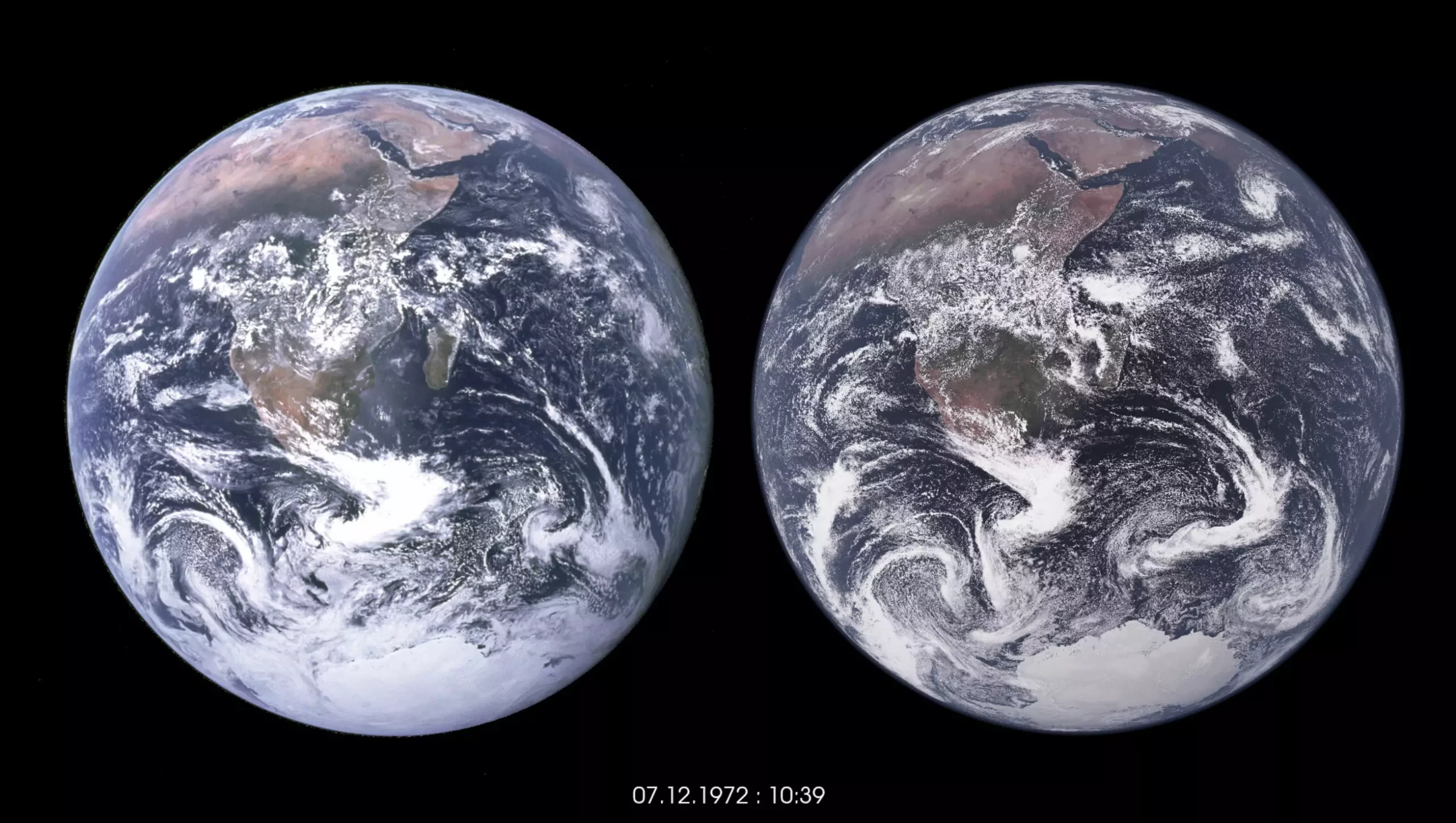Understanding the behavior of clouds in our changing climate is crucial for predicting the impact of extreme weather events on society and nature. A recent study conducted by scientists from the Institute of Science and Technology Austria (ISTA) and the Max-Planck-Institute for Meteorology sheds light on how the clustering of clouds and storms affects extreme rainfall events in the tropics. This study, published in the journal Science Advances, utilized a high-resolution global climate model to investigate the relationship between rising temperatures and the severity of extreme precipitation events.
Impact of Rising Temperatures
One of the key findings of the study is that as temperatures continue to rise, the severity of extreme precipitation events also increases. Extreme rainfall events, which are among the most destructive natural disasters, have been on the rise in recent years due to the warming climate. The researchers emphasize the importance of using advanced computer models to gain a deeper understanding of the mechanisms driving these events and to make more accurate predictions about future trends.
The study introduced a new state-of-the-art climate model that offers a much higher resolution compared to previous models. This enhanced resolution allowed the researchers to examine how cloud and storm clustering impacts extreme rainfall events in the tropics with unprecedented detail. By simulating cloud clustering in a warmer climate, the researchers were able to observe that extreme rainfall events in the tropics intensify more than expected, leading to an increase in total precipitation. The study also revealed that the intensification of extreme rainfall comes at the expense of expanding dry areas, signaling a shift towards more extreme weather patterns.
Global Collaboration
Collaborative efforts among researchers worldwide are instrumental in improving climate models and understanding the effects of climate change. Climate models divide the Earth’s atmosphere into three-dimensional sections, each containing data on various physical properties. By employing complex physical equations, these models simulate the interactions and changes within the atmosphere to create a representation of the real world. Recent advancements in algorithms and supercomputing have enabled researchers to enhance the resolution of these models, leading to more accurate predictions.
Lead researcher Jiawei Bao, who has a background in climate research, aims to further investigate the causes and impacts of extreme precipitation events using additional models. Caroline Muller, another key contributor to the study, and her research group focus on studying air convection, cloud formation, and storm development at various scales, including tropical cyclones. By leveraging climate models, they seek to gain insights into the influences of climate change on extreme weather phenomena and their repercussions on society and the environment.
The study highlights the importance of understanding cloud clustering in the context of a changing climate. Through the use of advanced climate models and collaborative research efforts, scientists can unravel the complexities of extreme weather events and make informed projections about their future implications. By delving into the intricate dynamics of cloud behavior, researchers can pave the way for better preparedness and mitigation strategies in the face of a rapidly evolving climate.


Leave a Reply